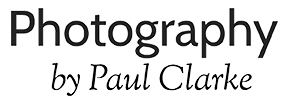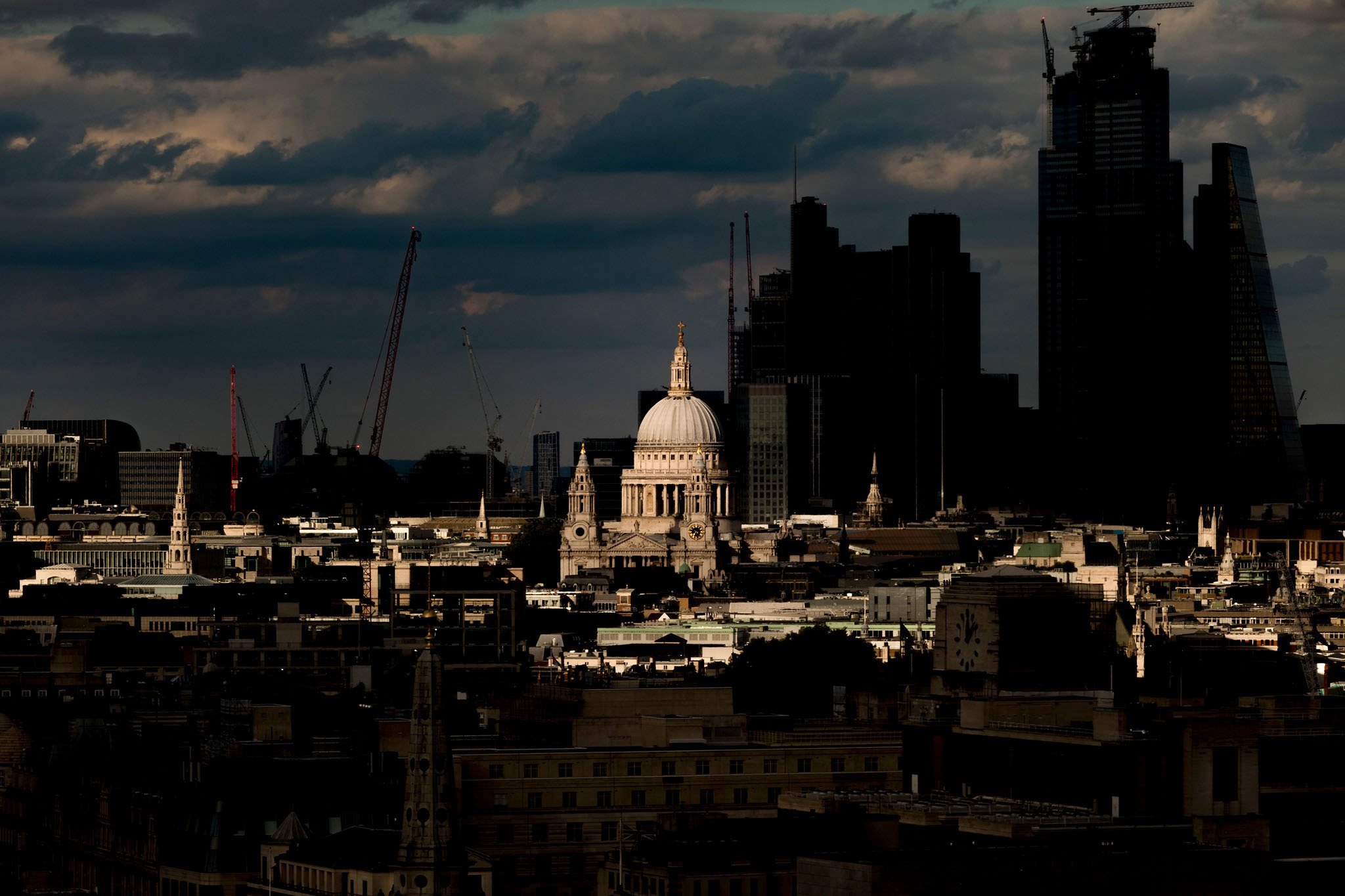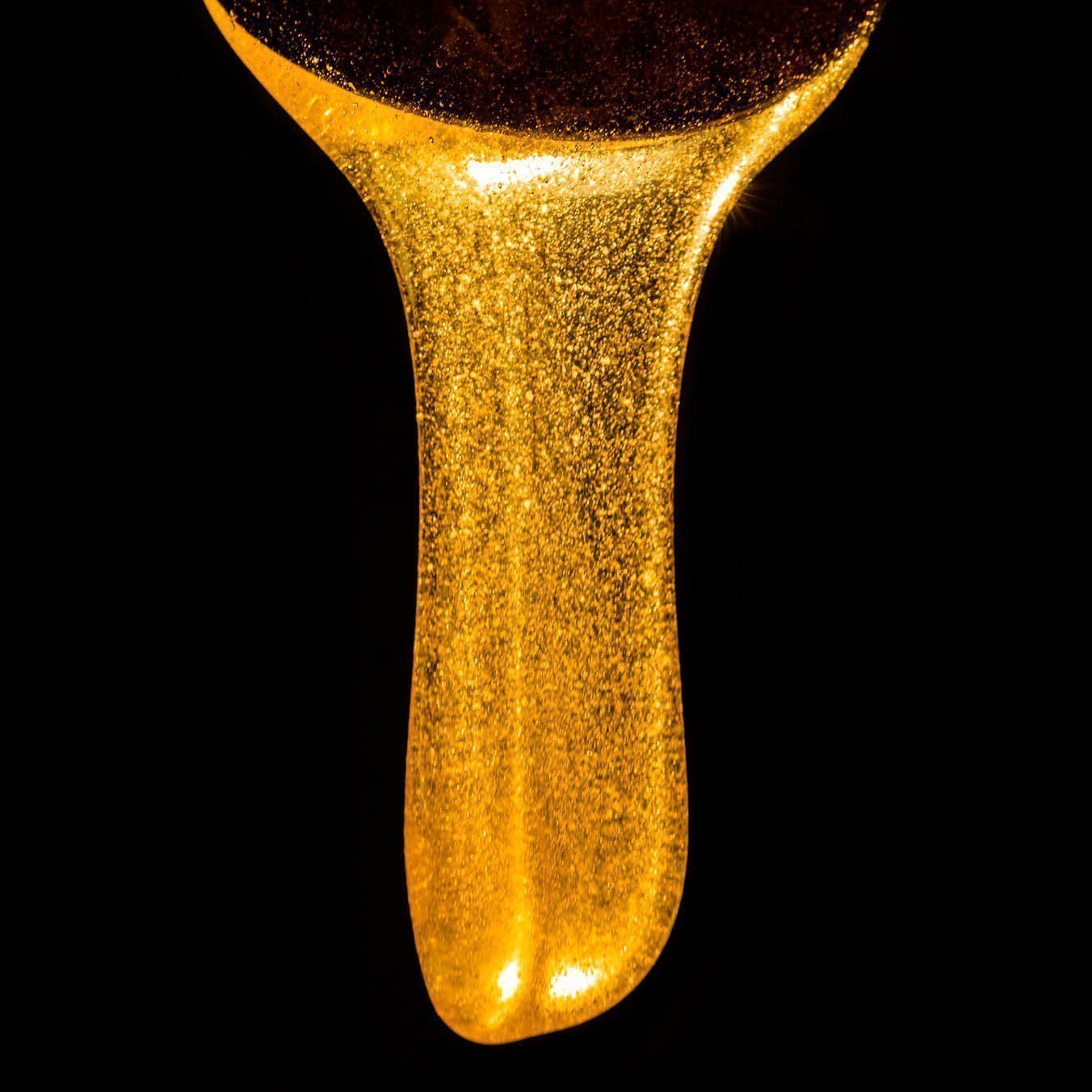When I’m on an event photography job, I’m always watching what’s around me, especially in the gaps in the action after I’ve completed the coverage of a particular session.
When I’m in a high place, I have many things to watch for. Maybe a cloud formation, or things passing by, but most of all the light as it changes.
Towards the end of the day, cities start to look very different. Flat, featureless views gain new contrast and definition. New angles and perspectives. And in the last throes of daylight, spectacular effects can happen.
I’ve written before about how when you take many photos every day, your eyes start to work a bit differently. You become sensitised not just to content, but to composition and shape, to speed and emotion, and beyond brightness and darkness, to contrast. Contrast – the difference between bright and dark areas – offers so much to the photographer.
A last flash of daylight can make part of a scene stand out in the most incredible ways. A week ago, as I looked over central London from 18 floors up, I saw just such a moment. And I was on it in an instant, as they sometimes only last for a few seconds.
A line of lucky light, catching St Pauls and a couple of other churches. And pretty much nothing else. But did the scene as I saw it look exactly like this photo?
Sort of. But with a few notable differences. That’s what I really want to write about here. (As well as celebrating one of my favourite photos of the year.)
Whether our eye (or a camera) sees things as ‘dark’ or ‘bright’ is a bit more subjective than you might think. You probably know that in very bright light your pupil closes up? That’s to help you cope with the intensity, and be able to see something in your “comfortable brightness range”. And in the dark, pupils open very wide, to let as much light in as possible and – again – to make what we’re looking at comfortably visible.
You can’t control your pupils, but you can control this feature on a camera. By adjusting the size of the aperture – the hole that lets in the light between the lens and the camera body – you can tweak the camera’s opinion of how bright something is to great effect.
So when you get a relatively very bright area in a picture, it can often “burn out” – be too bright in the photo to be able to see much detail. In these circumstances photographers often “stop down” the lens – tightening the aperture to such an extent that the very bright bits become merely nicely lit. It darkens the whole picture, of course. And that makes the relatively dark bits – in this photo, everything not hit by the sunlight, go really dark indeed.
The office buildings here do have light on them, just many times less intense than that on the cathedral. Incidentally, another important difference between your eye and a camera is that your eye (and brain, to be fair) are much better at seeing very bright things and very dark things at the same time. We refer to this as a “high dynamic range”. The camera can’t do that so well, so if you dim very bright things down to ‘comfortable’, you’ll really lose the detail in places like those tall buildings. And that’s all to the good in this one, I think.
Having got this far, I then add a little bit of post-processing: adjusting the “black point”. That’s the level of brightness (or indeed darkness) that you tell the editing software to interpret as being solid black. Anything at that level or darker gets treated as pure black. It scoops up the darkest ranges of a photo, right in the shadows, and gives them a helping hand to solid, rich blackness.
Putting these two techniques together gets you a picture like this.
Or this: a spoon, dripping honey, in front of a window on a very sunny day. Because the sunlight refracted through the honey is so incredibly bright, much brighter than any other part of the image, stopping the lens down gives you a magical effect.
Is it ‘real’ though? What is ‘real’ anyway? If you were able to squeeze your pupils shut, or first looked at a very bright light, you might well experience something closer to these.
But photography is all about using technology to make images, and there’s always an element of artifice to it. Even if it’s just the act of freezing a moment in time, or shaping what appears to be in focus in a picture, it’s an artifice.
And if you think cameras and editing software can play tricks, they pale into insignificance compared with the gymnastics your brain can achieve with the paltry signals it gets through your optic nerves. But that’s definitely another story. (And also why I just smile now when I hear that “oh I thought the camera was never supposed to lie!” twaddle…)
You can see more of that evening’s London views here – and a wider collection of “While I was up there” photos.


